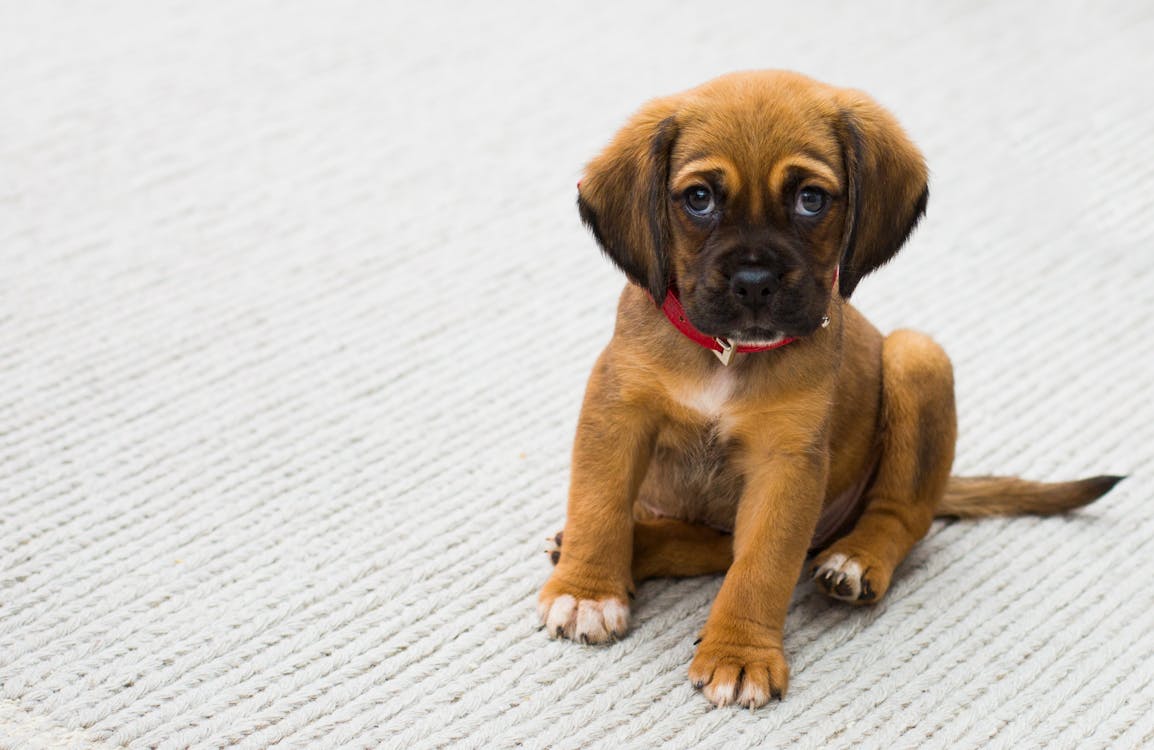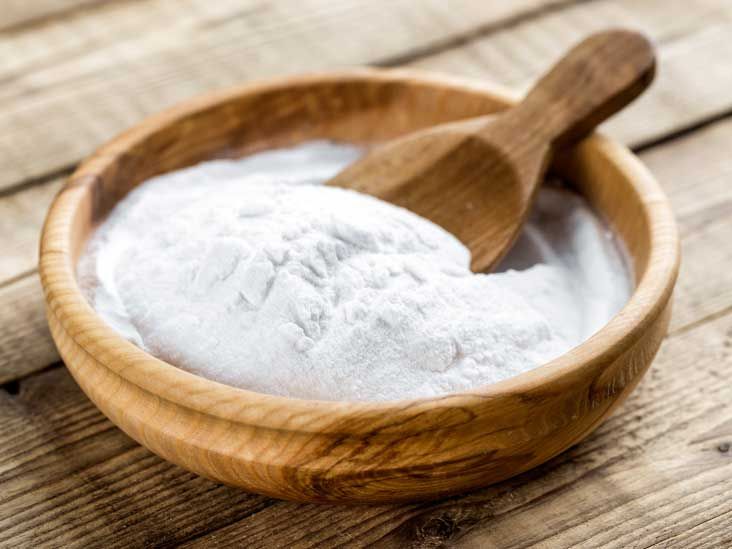Maine Coons are famous for their majestic appearance, playful demeanor, and, of course, their luxurious fur. Their coats are not only beautiful but also uniquely functional, helping these cats thrive in various environments. Understanding the characteristics and care needs of Maine Coon fur is essential for every owner. Whether you’re welcoming your new furry friend from a Maine Coon cattery or simply want to better care for your cat, this guide will give you all the insights you need.
Table of Contents
Characteristics of Maine Coon Fur
One of the first things you’ll notice about a Maine Coon is its luxurious fur. Unlike other cats, their coats are semi-long and water-resistant, giving them a distinctive shaggy look that exudes elegance and resilience. This fur isn’t just for show—it serves as excellent protection against cold climates.
Maine Coons have a unique double coat composed of a dense, fluffy undercoat and longer outer guard hairs. This layered structure helps regulate their body temperature and keeps them dry in wet conditions. As the seasons change, so does their fur. Shedding is most noticeable during spring and fall when they lose their thicker winter coats or prepare for the colder months.
Types of Maine Coon Fur
Not all Maine Coons have the exact same coat. While their fur is always striking, it can vary significantly in texture and density.
- Soft and Silky Fur
Some Maine Coons have a coat that feels smooth to the touch, almost like satin. This type of fur has a less rugged appearance but still offers a luxurious feel. Cats with this coat are often easier to groom, as the silky texture is less prone to tangles. However, this type of fur may not provide as much volume as thicker coats, making the cat appear slightly sleeker. - Thick and Shaggy Fur
The thick and shaggy fur is what many people associate with Maine Coons. This dense coat gives the cat a wild, majestic appearance. It’s ideal for cold climates, offering excellent insulation. However, the rugged texture can make grooming a bit more challenging, requiring regular brushing to keep mats and tangles at bay. - Coarse and Textured Fur
Maine Coons with coarse fur have a unique look. The rougher texture, highlighted by prominent guard hairs, gives them an almost lion-like appearance. While this coat type is less prone to matting, it still benefits from consistent maintenance to prevent buildup of loose fur.
Each fur type brings its own charm and requires slightly different grooming routines to maintain its beauty.
Factors Affecting Maine Coon Fur
Several factors contribute to the condition and type of a Maine Coon’s fur, making each coat as unique as the cat itself.
- Genetics
The genetic makeup of a Maine Coon plays a significant role in determining its fur type. If your cat’s lineage includes ancestors with softer or coarser coats, it’s likely to inherit similar traits. Breeding programs at a Maine Coon cattery often focus on preserving specific coat characteristics while maintaining overall health. - Environment
The climate your Maine Coon lives in can also impact its coat. Cats in colder regions tend to develop denser and thicker fur, while those in warmer climates may have lighter, sleeker coats. - Diet and Health
Nutrition directly affects fur quality. A balanced diet rich in omega-3 and omega-6 fatty acids can make your Maine Coon’s coat shinier and softer. On the other hand, health issues like skin conditions, parasites, or allergies can lead to dull or patchy fur, highlighting the importance of regular veterinary checkups.
Grooming Tips for Maine Coon Fur
Grooming your Maine Coon is more than just keeping their coat looking beautiful—it’s a chance to bond with your cat and support their health.
- For soft and silky fur, a fine-toothed comb is perfect for keeping the coat smooth and free of tangles. This type of coat may not need as much attention as thicker coats but still benefits from regular grooming to reduce shedding.
- For thick and shaggy fur, a sturdy brush or de-shedding tool is essential. Focus on areas like the chest, belly, and hindquarters, which are more prone to matting.
- For coarse and textured fur, use a bristle brush to maintain the coat’s health and shine. Regular brushing also helps distribute natural oils, keeping the fur moisturized and healthy.
No matter the fur type, grooming should be done gently and with patience to ensure your cat enjoys the process.
Seasonal Coat Changes
Maine Coons are well-known for their seasonal shedding. During spring and fall, you might notice an increase in the amount of fur around your home. This is completely normal as they adapt to changing temperatures by shedding their thick winter coats or preparing for colder weather.
To manage seasonal shedding, increase grooming frequency and use tools designed for removing loose undercoat. Regular brushing during these times can prevent hairballs and keep your Maine Coon comfortable.
Common Fur Issues and Solutions
Despite their majestic appearance, Maine Coons can face common fur-related challenges:
- Matting
Mats are more common in areas where the fur rubs or gets tangled, like behind the ears or under the legs. Prevent mats by brushing these areas regularly and trimming small knots with grooming scissors. - Dry or Oily Fur
An imbalance in your cat’s coat can often be traced to diet or underlying health issues. If you notice dryness or excessive oiliness, consult your vet for guidance on improving their diet or addressing potential skin conditions. - Excessive Shedding
While shedding is natural, an unusually high amount could signal stress, poor diet, or health problems. Keep an eye on changes in your cat’s coat and seek veterinary advice if needed.
Fun Facts About Maine Coon Fur
Did you know that Maine Coon fur is naturally water-resistant? This trait allowed the breed to adapt to snowy and wet conditions in its early history. Their layered coats not only add to their rugged charm but also make them more resilient in various environments. Some Maine Coons have even broken records for their striking coats, adding to the breed’s legendary status.
Conclusion
Maine Coon fur is as fascinating as the cats themselves. From its water-resistant properties to its diverse textures, their coat is a reflection of their heritage and adaptability. By understanding the different types of fur, the factors that influence it, and how to properly care for it, you can ensure your Maine Coon looks and feels its best.
Whether your furry companion came from a Maine Coon cattery or another source, grooming and caring for their coat is an enriching experience that deepens your bond. Embrace their unique beauty and enjoy every moment with your magnificent Maine Coon!








